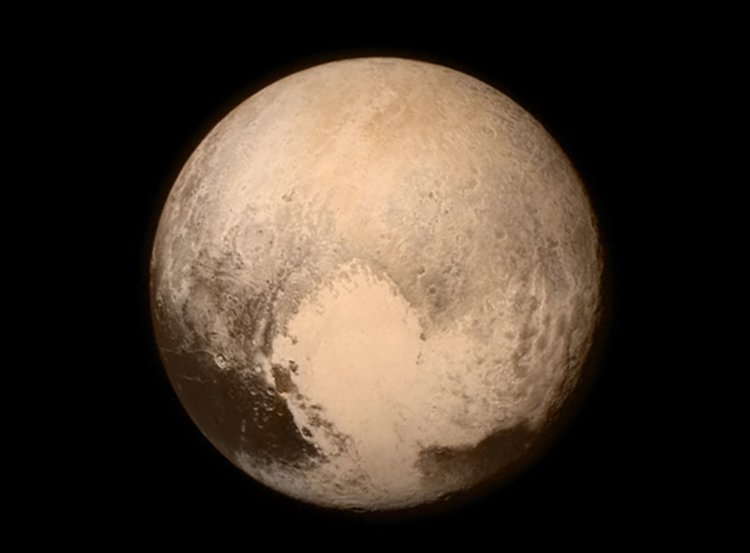When the New Horizons spacecraft arrived at Pluto in 2015, the probe revealed the dwarf planet’s true nature: Pluto is a frozen lump, but it is an odd and interesting lump. Pluto has a heart-shaped icecap that, in theory, could hide an ocean. For no obvious reason, Pluto spits out X-rays. And when New Horizons took Pluto’s temperature, the dwarf planet was even colder than anyone had predicted. Researchers were puzzled.
Earthbound instruments gauged Pluto to be minus-280 degrees Fahrenheit. New Horizons showed that Pluto’s thermostat was dialed to 330 degrees below. Pluto makes the coldest spot on Earth seem downright balmy: In 2013, researchers announced that a NASA satellite observed a record Antarctic chill at minus 135.8, a temperature humans could survive for just three minutes.
You would expect Pluto to be chilly. The dwarf planet drifts through the solar system’s back roads at an average distance of 3.67 billion miles from the sun. Earth is 40 times as close to our star.
Pluto is small, which means its gravity is weak. Lacking a firm grip, its atmosphere leaks into space.
In fact, the thinness of Pluto’s atmosphere made estimating its temperature from Earth very difficult, said Xi Zhang, a planetary scientist at the University of California at Santa Cruz.
Pluto is not so far away that the chemicals in its atmosphere are immune to sunlight. Researchers hypothesize that the sun’s ultraviolet rays break down nitrogen, methane and other gases in Pluto’s atmosphere, creating a haze of solid particles.
“New Horizons’ images basically showed a lot of haze particles,” Zhang said. Zhang and his colleagues, in a report published in the journal Nature this week, argue that Pluto’s hazy coat explains why the dwarf planet is extra-chilly.
Pluto’s haze is so abundant that it can absorb a lot of solar radiation, Zhang said, though there’s a good deal of uncertainty about this complex atmospheric chemistry.
Send questions/comments to the editors.



Comments are no longer available on this story